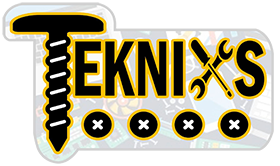-
Elvis P. Ambait posted an update
6 months ago (edited)
TYpe C- Power delivery Concept : how type C power delivery works & power sequencing?
USB Type-C Power Delivery (PD) is a protocol that allows devices to negotiate power levels dynamically, enabling higher power transfer beyond the standard USB limits. Here’s a breakdown of how it works:
USB Type-C Power Delivery
- Dynamic Power Negotiation: Devices communicate over the Configuration Channel (CC) pins to determine the optimal voltage and current.
- Higher Power Levels: Supports up to 100W (20V, 5A), allowing laptops, monitors, and other high-power devices to charge efficiently.
- Bidirectional Power Flow: A device can act as both a power source and a sink, meaning a laptop can charge a phone or vice versa.
- Fast Role Swap: Enables seamless switching between power roles without disrupting the connection.
- Programmable Power Supply (PPS): Allows finer control over voltage and current for optimized charging, reducing heat and improving efficiency.
Power Sequencing
Power sequencing ensures that components in a system receive power in the correct order to prevent damage and ensure stability. In USB PD:
- Source Sends Capabilities: The power source advertises available voltage and current levels.
- Sink Requests Power: The receiving device selects the most suitable power profile.
- Source Accepts & Delivers Power: Once agreed, power is supplied at the negotiated level.
- Monitoring & Adjustments: Devices continuously monitor power levels and can request changes dynamically.
Fremar S. Pael and Elvis P. Ambait1 Comment

